“Beaker Simax” has been added to your cart. View cart
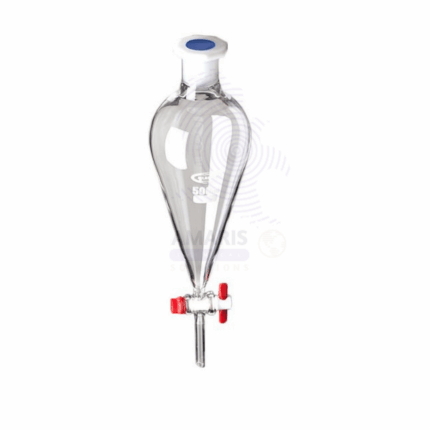
Separating funnel 60ml 125ml
$750.00 Original price was: $750.00.$600.00Current price is: $600.00.
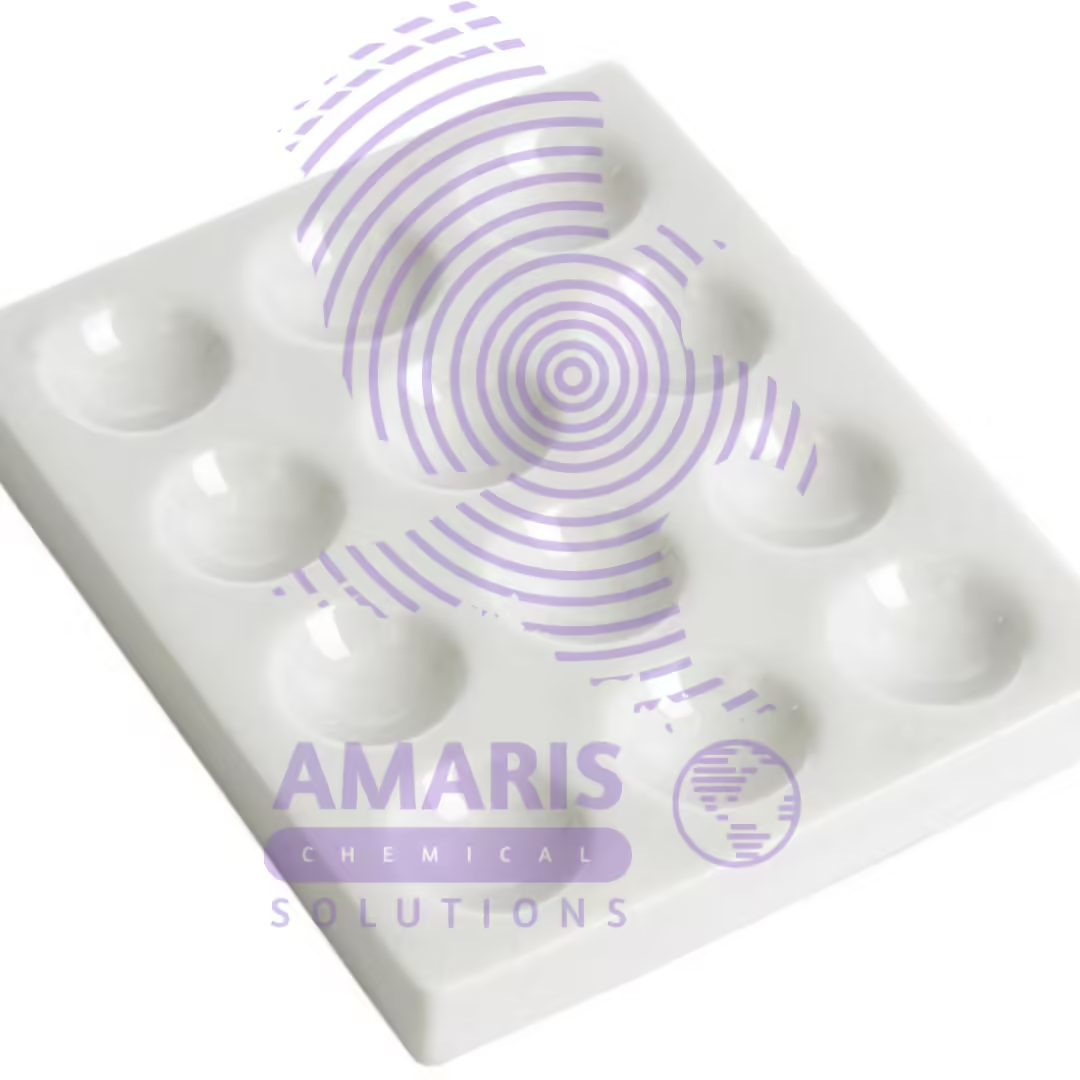
Tile cavity 6 and 12 holes
$370.00 Original price was: $370.00.$300.00Current price is: $300.00.
Terminals
$700.00 Original price was: $700.00.$650.00Current price is: $650.00.
Whatsapp Order
Terminals, in a laboratory context, refer to connection points that facilitate the transfer of electrical signals, data, or power between different devices or systems. They serve as the interface for wiring, allowing for the secure and organized connection of equipment
SKU:
ACS65311CHEM0
Category: LABORATORY EQUIPMENT & APPARATUS
Description
Uses of Terminals
- Electrical Connections:
- Wiring terminals are used for securely connecting electrical equipment or instruments to a power source. They ensure a stable, safe, and organized electrical connection, often found in setups like electrochemical experiments.
- Data Communication:
- Computer terminals are used to interface with computers or lab equipment for data acquisition and analysis. They allow scientists to control instruments, run simulations, and monitor real-time data from experiments.
- Control Systems:
- In automated laboratory setups, terminals can be part of the control systems for devices like incubators, spectrometers, or chromatographs, allowing users to input commands, monitor conditions, and adjust parameters.
- Monitoring and Display:
- Some terminals are used as display interfaces for real-time monitoring of laboratory processes, showing data such as temperature, pH, or pressure from sensors.
- Connection Points for Instruments:
- Terminal blocks are often used to connect multiple devices to a single instrument, allowing for more organized and accessible connections in complex setups, such as in large testing equipment or analysis systems.
Reviews (0)
Be the first to review “Terminals” Cancel reply
Related products
Absorption Tower
$0.01
A laboratory absorption tower is a scaled-down version of an industrial absorption tower used for experimental purposes within a laboratory setting. It is a specialized piece of lab apparatus designed to investigate the principles of gas-liquid absorption or scrubbing processes under controlled conditions.
Typically, a lab absorption tower consists of a glass or transparent column filled with a packing material or trays to facilitate the gas-liquid contact. It is equipped with inlet and outlet ports to introduce the gas stream and remove the treated gas after absorption. Additionally, there are ports or connections to introduce the liquid solvent and monitor its flow rate. The tower may also have temperature and pressure control mechanisms to simulate specific conditions relevant to the experiment.
Laboratory absorption towers are essential tools for researchers, chemists, and engineers to study the behavior of gases and liquids during absorption processes, optimize process parameters, and assess the efficiency of different solvents or packing materials. These experiments contribute to the development and improvement of industrial-scale absorption systems and help in solving environmental challenges related to air and gas pollution.
Aspirator Bottle Glass
A laboratory aspirator glass bottle, also known as a vacuum aspirator bottle or a vacuum filtration flask, is a specialized glass container used in scientific laboratories for various applications. It is designed to create a vacuum or negative pressure, which allows the filtration of liquids through a porous medium like a filter paper or a membrane.
The bottle typically has a conical or pear-shaped body with a sidearm or neck near the top. This neck is where a rubber or silicone stopper is inserted, allowing for the attachment of tubing or a hose to connect to a vacuum source or water aspirator. (Available in 2.5l,5l,10l,)
Laboratory aspirator glass bottles are commonly used in vacuum filtration processes to separate a solid precipitate from a liquid solution. When connected to a vacuum source, the air inside the bottle is removed, creating a pressure difference that draws the liquid through the filter, leaving the solid behind on the filter paper.
These bottles come in various sizes to accommodate different filtration needs and are an essential tool in many research, analytical, and quality control laboratories for tasks like separating particulate matter, sterilizing solutions, and performing various filtration techniques. They are often made of durable borosilicate glass to withstand the pressure changes and chemical interactions that may occur during laboratory operations.
Balance Bathroom Scale
$0.01
Barlows wheel apparatus
$0.01
The Barlow's wheel apparatus is an experimental device used to demonstrate the conversion of electrical energy into mechanical energy through electromagnetic principles. It consists of a horizontal wheel or disk with radial metal spokes attached to its center. The wheel is mounted on an axle, allowing it to rotate freely.
Beaker Plastic
$0.01
A plastic beaker is a laboratory container made from plastic material, typically featuring a cylindrical shape with a flat bottom and a spout or pouring lip. It is used for holding, measuring, and mixing liquids or substances during various scientific experiments, research, or educational activities. Plastic beakers come in a range of sizes and are designed to withstand various chemicals and temperatures, making them versatile tools in laboratory settings.
Bell Jar with knob
$0.01
The best definition of a bell jar apparatus is a scientific instrument used in laboratories to create a controlled environment for various experimental purposes, such as studying the behavior of gases, conducting vacuum experiments, or demonstrating principles of physics and chemistry. It consists of a glass or transparent plastic container shaped like a bell, which can be sealed to create a vacuum chamber. The apparatus allows researchers to manipulate and observe the interactions of substances or objects within the vacuum or controlled atmosphere, often enabling investigations that wouldn't be possible under standard atmospheric conditions.



 LABORATORY EQUIPMENT & APPARATUS
LABORATORY EQUIPMENT & APPARATUS
 Fertilizers
Fertilizers Plant Growth Regulators
Plant Growth Regulators Soil Conditioners
Soil Conditioners Animal Feed Additives
Animal Feed Additives Biostimulants
Biostimulants Dough Conditioners
Dough Conditioners Flour Treatments
Flour Treatments Fat Replacers
Fat Replacers Preservatives (baking)
Preservatives (baking)
 Surfactants (cleaning)
Surfactants (cleaning) Builders
Builders Bleaching Agents
Bleaching Agents Enzymes
Enzymes Solvents (cleaning)
Solvents (cleaning) Fragrances
Fragrances






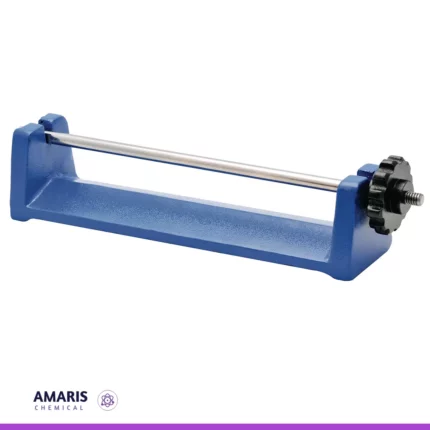

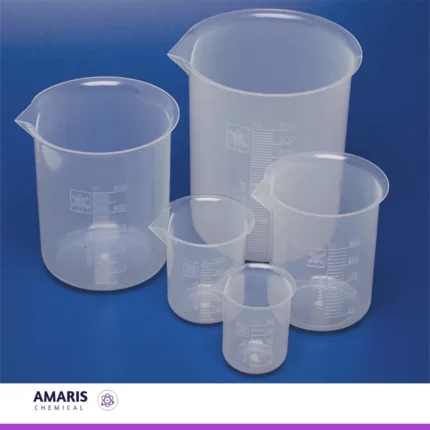
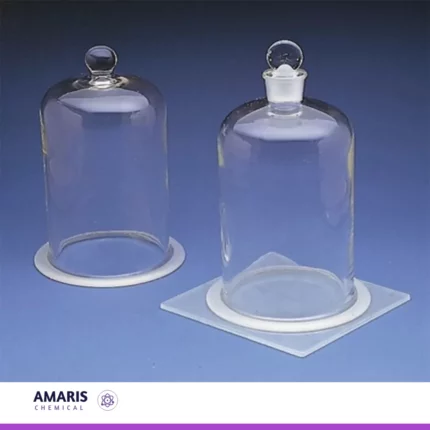













Reviews
There are no reviews yet.